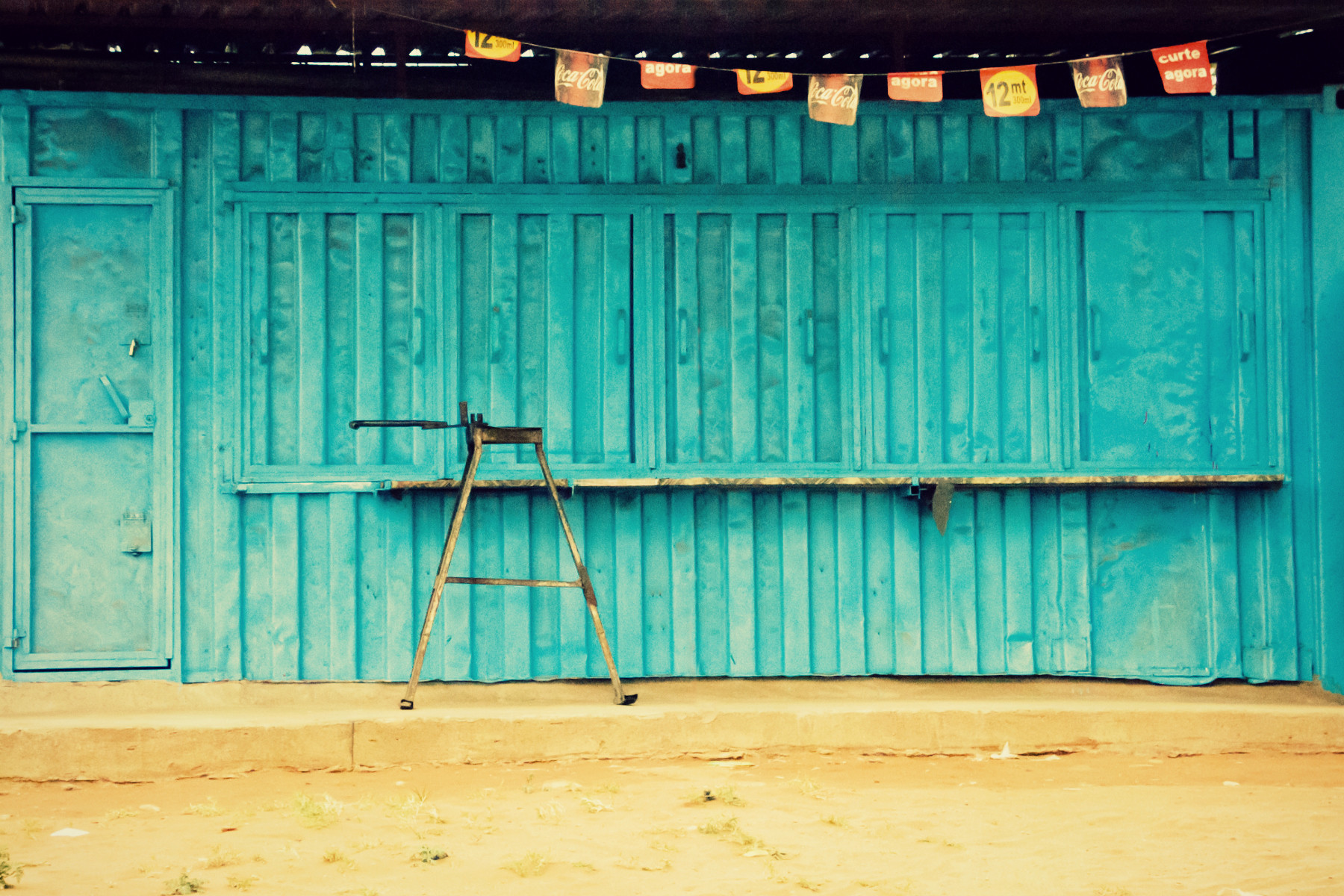Two weeks on and as the death toll creeps devastatingly closer to the 8,000 mark, I’ve been thinking a lot about the earthquake in Nepal… and I realize that many of us experience our own personal earthquakes as we journey through life. Some receive a diagnosis of cancer. Some lose a loved one. Some find themselves running from the hands of an abuser. Some get laid off from a job they thought they’d be doing for years to come. The list goes on.
Like Nepal, the landscape of our life shifts without a moment’s notice. And like the Nepalese people, we lose the things we thought were secure. Health. Livelihoods. Family. Home. Faith. Dreams.
Here are four observations from the Nepalese earthquake to help us when we experience a shift in the landscape of life…
1. To help understand what happened to the earth’s surface in Nepal, data needed to be retrieved from the GPS station on Mount Everest within 2 weeks or the information would start to be overwritten with new data.
Survivors: When we look back to figure out what happened and what the signs might have been, we shouldn’t expect to find all the answers, nor should we try to explain something that’s out of our control. We need to focus on the new landscape and learn to appreciate it from a different perspective.
Friends and family: We shouldn’t feel like we need to be there with answers. We just need to be there. We need to assure the one we love that we aren’t going to forget what the landscape looked like previously… but we’re also going to celebrate the new with them.
2. 100 miles west of the epicenter, Mount Everest actually shifted as a result of the quake… as did another location 120 miles east of the epicenter, in Tibet.
Survivors: Know we’re not alone in this. There are others around us who have been shaken by the same quake, and those who have experienced similar quakes in a different season. We shouldn’t isolate ourselves. We need to learn from the experience of others, and allow others to learn from us.
Friends and family: We need to look around and see if there’s anyone else affected by what’s happened and reach out to them, too. The ripple effects tend to spread further than we think.
3. Parts of the ground beneath the surface shifted more than what’s visible above ground.
Survivors: We shouldn’t underestimate the effect this quake has had on us. We need to allow time to let things settle. Some wobbles may occur when we start rebuilding… and that’s normal. Again, we must allow things to settle. There’s no rush.
Friends and family: We shouldn’t assume that someone’s doing great simply because they look “put together” on the outside. We have no idea what’s going on beneath the surface. Let’s stick around and be available to lean on as and when things get shaky.
4. The landscape in the areas surrounding Kathmandu may have changed so much that our current maps and satellite images are no longer true.
Survivors: People may look at us differently now… we’ve changed from what they’ve known previously. And that’s OK. We need to allow others to adjust to our new normal with us. Change is a journey, not a destination… and it’s good to have traveling buddies.
Friends and Family: Let’s not be afraid to join people as they explore their new normal. Let’s not pretend that nothing’s changed. Let’s ask questions. Journey with them. There’s a lot we can learn from people as they walk through the rubble of life… and we never know when we might need to put that knowledge to use in the future.
The landscape of Nepal will never be the same. But I pray that everyone who lives and travels there will once again see the awesomeness of God’s creation. In the same way, I pray for everyone who has experienced their own personal quake… that they would each have the strength to allow God to rebuild something that speaks of the beauty of our Creator.


2 comments for “Life’s Changing Landscape – Lessons from the Nepalese Earthquake”